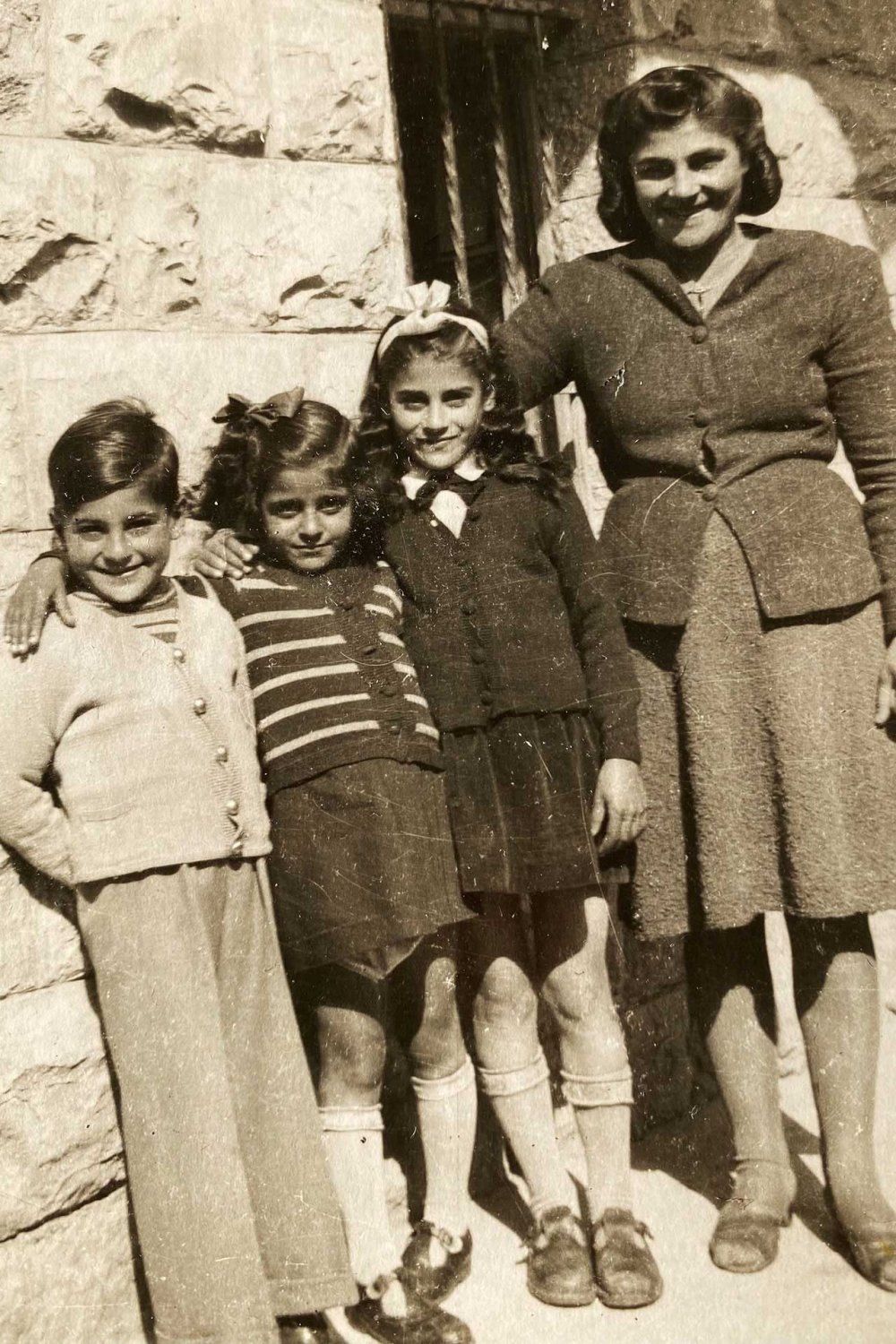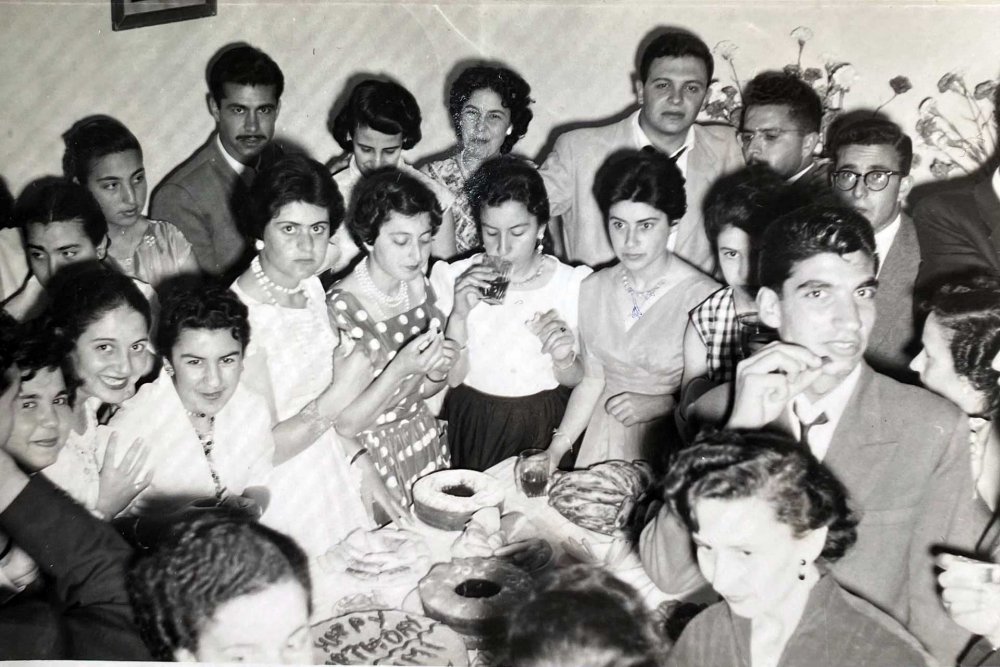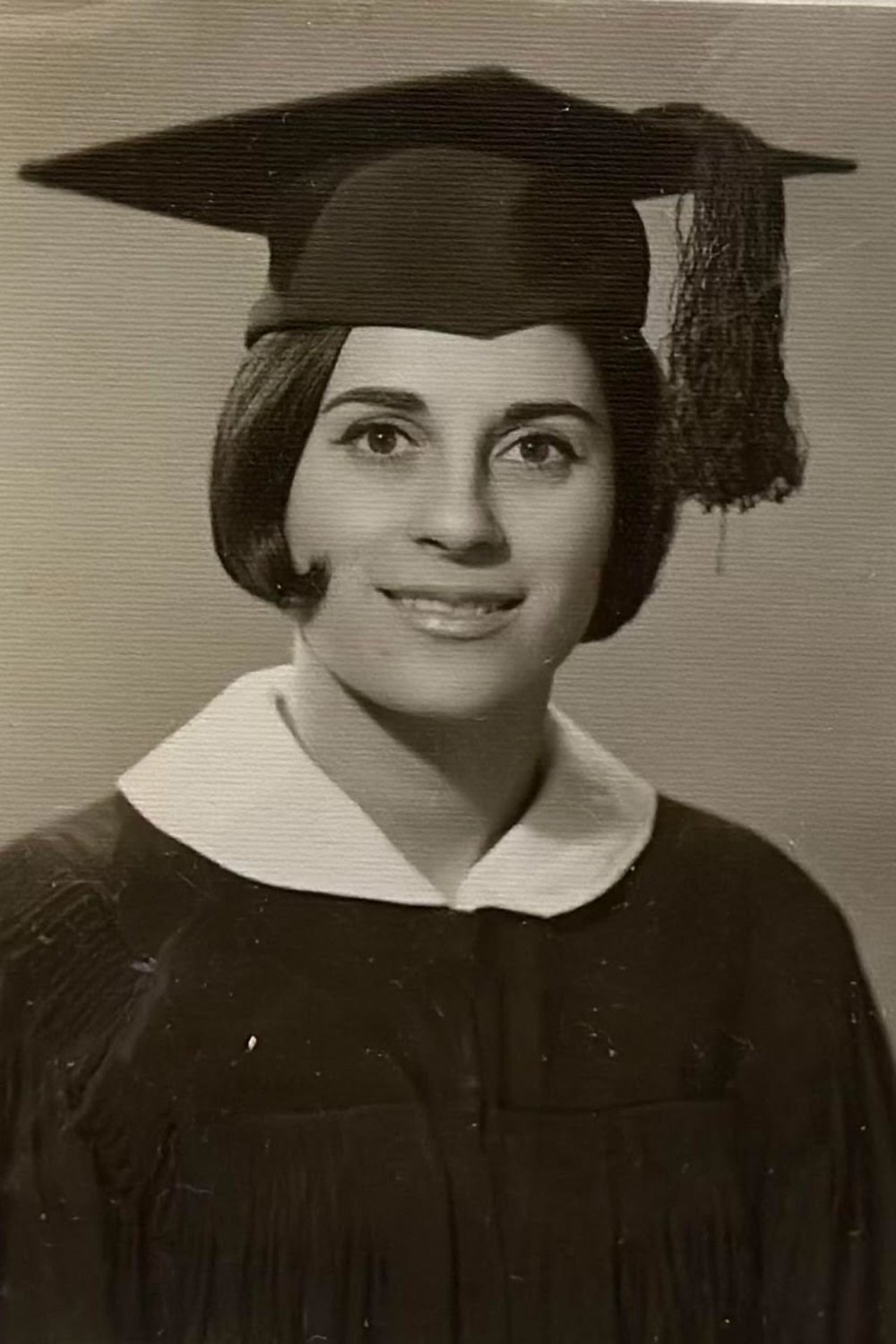The bombing of the Semiramis Hotel in early January 1948 forced the family to flee Qatamon, which was under attack by Zionist forces, and seek what they thought would be temporary refuge with their relatives in the Old City in East Jerusalem. The explosion had shattered windows in the children’s bedroom; their home was no longer safe. The author recalls the anxiety that took hold of the adults sheltered in her grandmother’s Old City home. The war had a pronounced effect on her parents, as she recalls. Her father became more subdued and uncertain; Nina’s mother developed rheumatoid arthritis, which flared up and caused her a lot of pain for many years. Twelve-year-old Nina became aware of the need to spare her mother aggravation.
By April, Qatamon was in Zionist hands and was emptied of Palestinians, who were never to be allowed to return (see The West Side Story).
The second third of the book describes the four-year period after the 1949 Armistice Agreement was signed. One would think that once a ceasefire is declared, the worst would be behind them; but in fact, that’s when the real ordeal began for Nina and her family (see The West Side Story, Part 4: The Erasure of the New City and Its Transformation Into Jewish West Jerusalem). Nina recalls: “Hope and the support of family and community is what sustained us in 1948. When the siege was lifted and the Armistice put an end to the fighting, we realized that we did not have a home to go to.”5
The focus then shifts to the family’s attempt to find their footing in a new reality away from their home. They moved first to Beit Jala and stayed with Nina’s aunt and uncle. In a poignant scene, she recalls the two families going to a high point in town with binoculars, where they could see Jerusalem and try to identify the houses of people they knew; she describes the endeavor as one of “sadness and emptiness from great loss.”6












